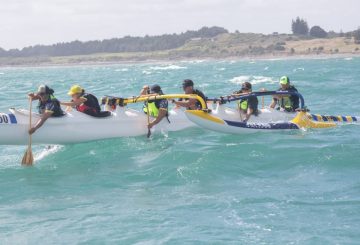在成本大幅增加之后,惠灵顿市议会将很快决定市政厅项目的下一步行动。正在考虑将该项目与邻近市政办公楼的重建相结合的方案。这样做可以节省一些开支,但也会推迟市政厅的重新开放。
市政厅是一座拥有 120 年历史的文物建筑,由于地震风险,自 2013 年以来一直关闭。据估计,翻新成本从3200万美元增加到2019年的1.45亿美元。去年,由于与大流行相关的建筑成本,预算又增加了3,700万美元。目前,预计总成本超过2.64亿美元,比计划高出8180万美元。
该委员会首席运营官詹姆斯·罗伯茨列出了成本明细:
- 2023/4:1400 万美元
- 2024/5:5000 万美元
- 2025/6:4800 万美元
- 2026/7:3000 万美元
罗伯茨提到,最好的选择可能是允许私人开发市政办公大楼,最多可节省6,490万美元。但是,这将推迟市政厅的重新开放。如果该项目停止,该委员会将花费2.04亿美元却一无所获,这可能会损害其声誉。
拆除该建筑将耗资超过2.43亿美元,并且由于其遗产地位,需要法律努力。寻求额外资金存在不确定性,任何延误都会增加成本。
理事会首席执行官芭芭拉·麦克罗不鼓励任何拖延,强调了该委员会的声誉及其与新西兰交响乐团等机构的合作伙伴关系可能受到损害。
预计下周将就市政厅做出决定。如果停止,这座城市将在多年内缺乏音乐会场地,因为另一个场地迈克尔·福勒中心也需要升级
。



























































